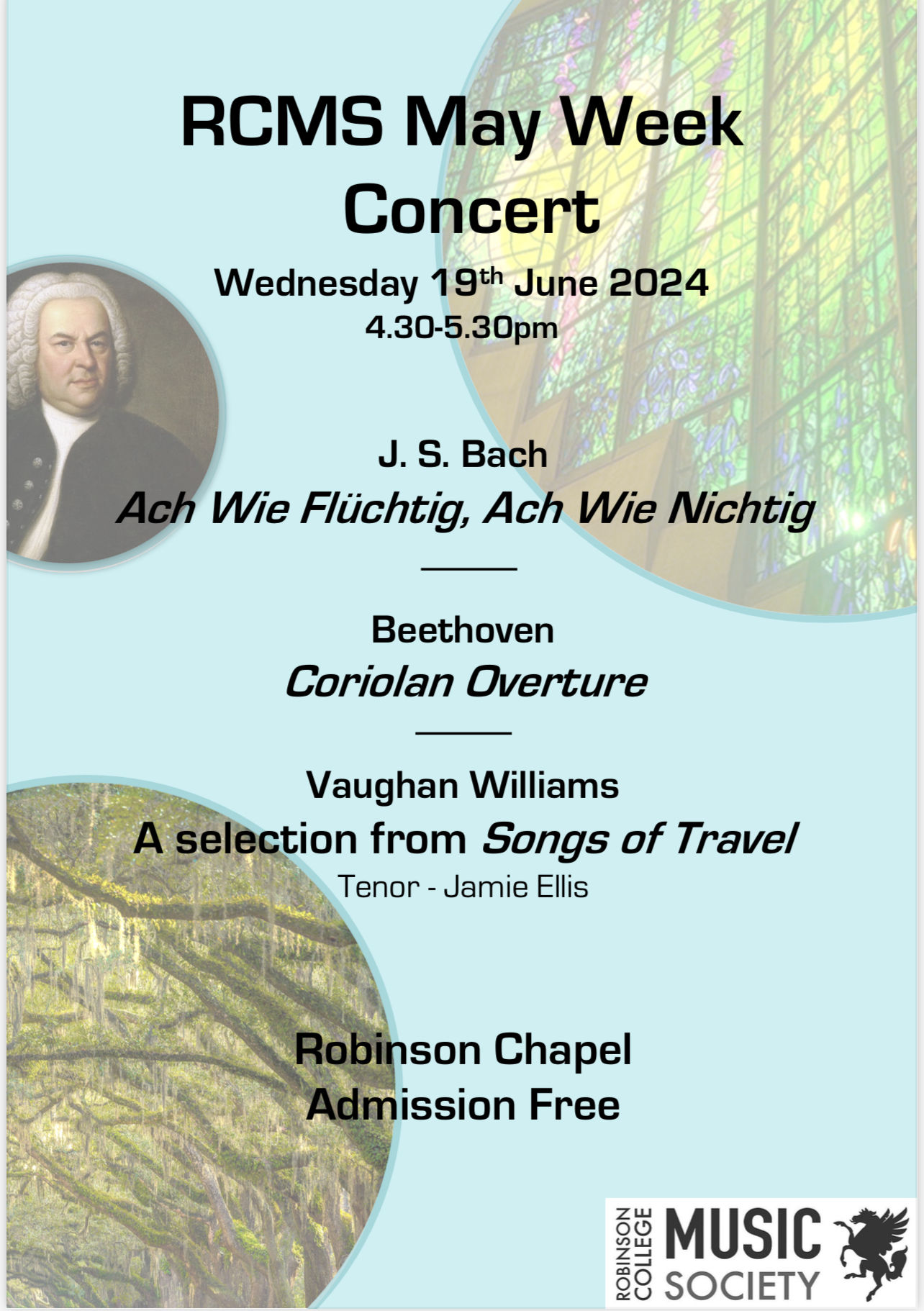Professor Amy Erickson spoke at a history society meeting of the Merchant Taylors’ and the Skinners’ Companies
Robinson's Director of Studies in History, Professor Amy Erickson, spoke last month to a history society meeting of the Merchant Taylors’ and the Skinners’ Companies about women in London’s livery companies in the 18th century. She highlighted the problem of identifying which company women belonged to due to marital name changes and their membership through a husband’s company.
